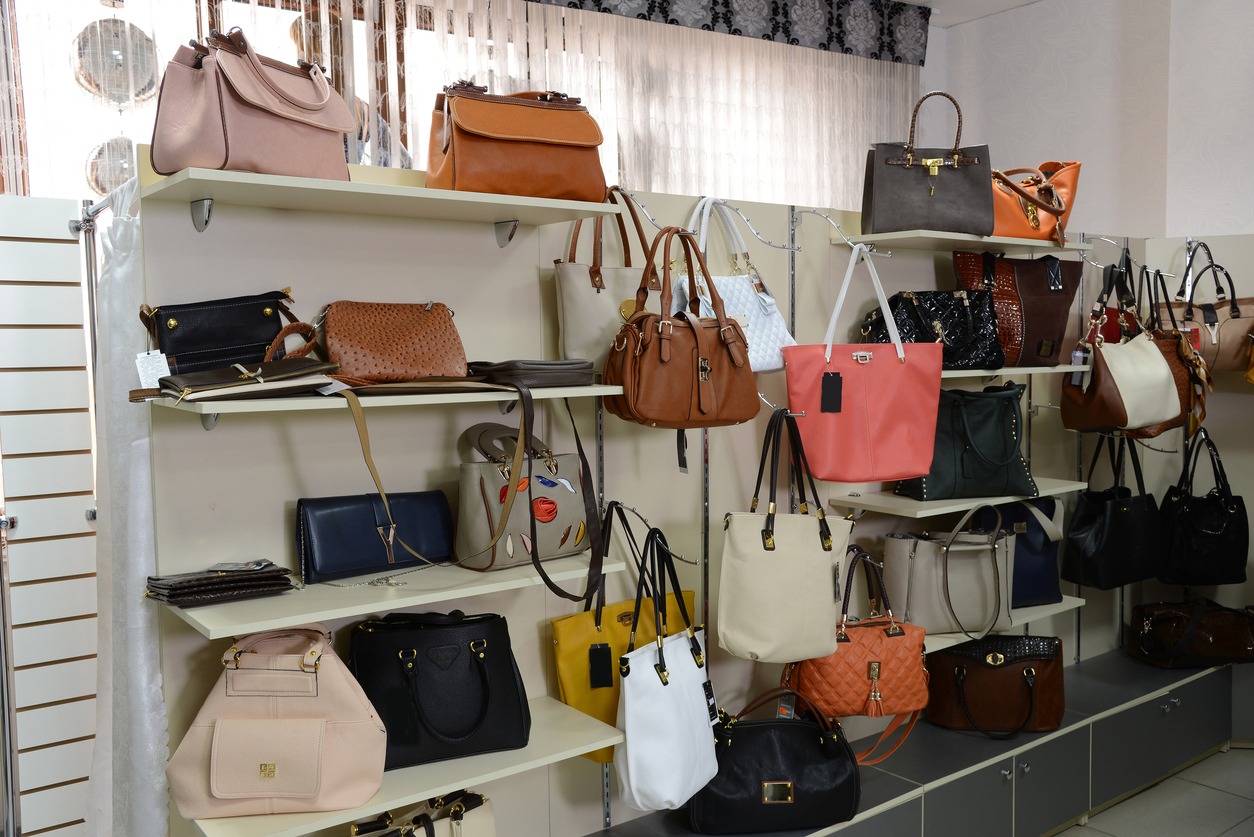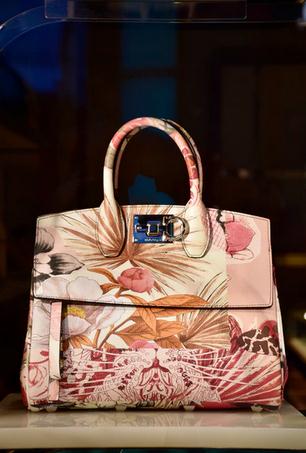Why Do Americans Call a Handbag a Purse?
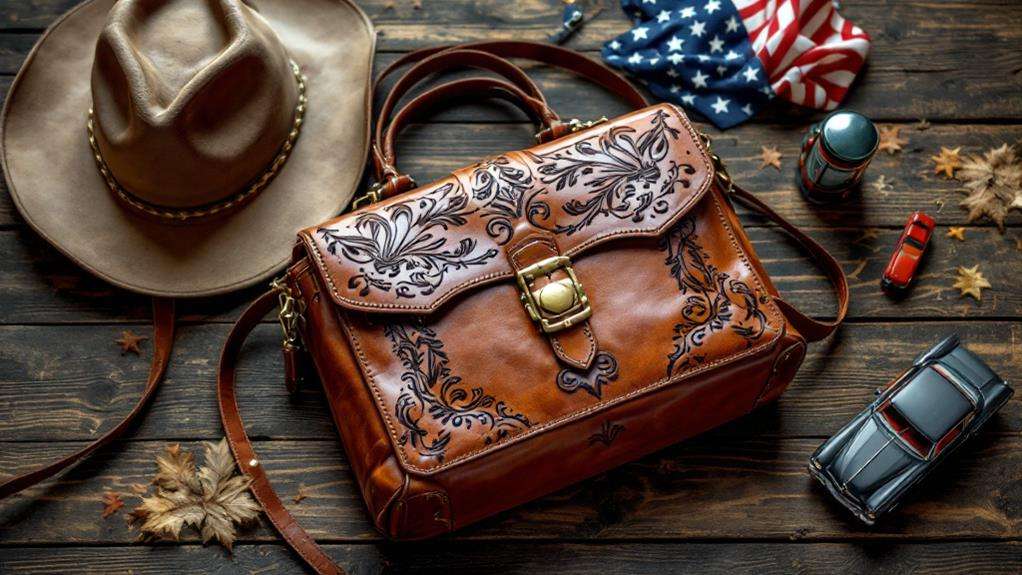
In America, you might hear people calling a handbag a "purse" due to a mix of historical and cultural factors. Originally, "purse" meant a small coin pouch, but by the 19th century, it evolved to include all kinds of women's bags in the U.S. Unlike in the U.K., where a "purse" still refers mainly to a coin holder, Americans use the term casually for larger bags. This reflects societal shifts in language and gender roles, influenced by fashion and regional differences. If you're curious, there's a fascinating history behind this language evolution.
Historical Origins of the Term
When you hear the word "purse," you might think of a stylish accessory, but its origins are more humble. In American English, "purse" originally described small bags meant for carrying coins and money. This terminology harks back to Middle English and the Latin word "bursa," which referred to a pouch or bag for holding valuables. Over time, the meaning of "purse" evolved considerably in the United States.
By the 19th century, "purse" became a common term in America for women's bags, encompassing a wider array of personal belongings. Meanwhile, British English maintained a clear distinction, using "purse" exclusively for smaller coin holders and "handbag" for larger bags. This divergence highlights the evolution of language and regional dialects over time.
In the early 20th century, as handbags grew in popularity, the American use of "purse" broadened to include these fashionable and functional accessories. The interchangeability of "purse" and "handbag" in American English reflects cultural shifts and the dynamic nature of language. Consequently, "purse" has become the dominant term in American vernacular, blurring historical distinctions seen in British English terminology.
Evolution of Fashion Accessories
The Industrial Revolution played a vital role in this evolution by introducing groundbreaking handbag designs, making them symbols of wealth and status. This shift contributed to the interchangeable use of "purse" and "handbag" in the U.S., as women's bags became more than just utilitarian items. By the 20th century, these accessories had transformed into fundamental fashion items, solidifying "purse" as the dominant term in American vernacular.
Today, widespread marketing within the fashion industry reinforces this usage. "Purse" has become a catch-all term for women's bags in America, overshadowing the more specific distinctions often found in British English, and highlighting the dynamic nature of fashion accessory terminology.
American Vs British Usage
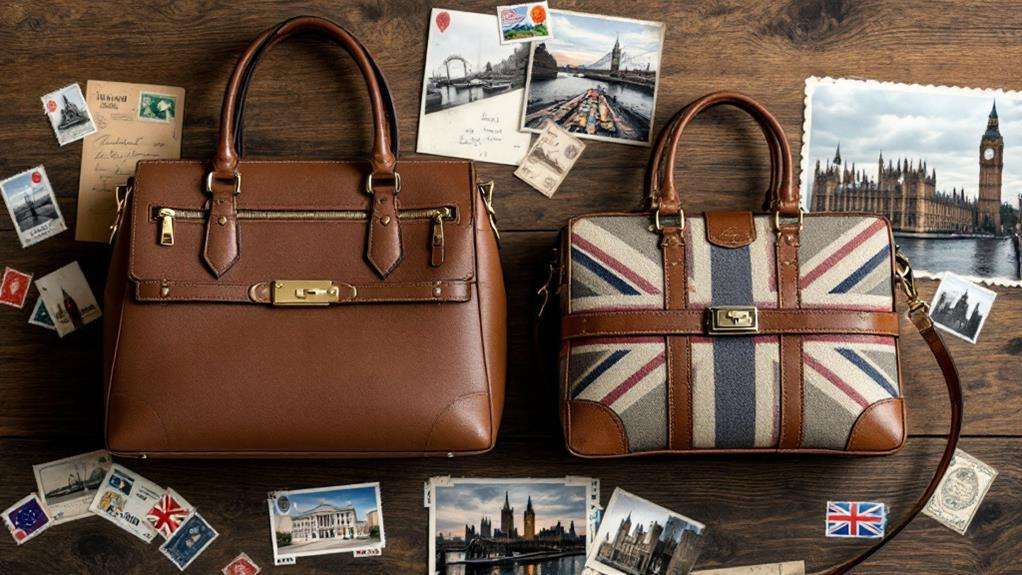
In exploring the nuances of language, you'll notice that American and British English often use different terms for the same items. Take the terms "purse" and "handbag," for example. In American English, "purse" is commonly used to describe what British English speakers would call a "handbag"—a larger bag used to carry personal items. On the flip side, if you're in the UK and ask for a "purse," you'll likely get a small bag meant for coins. This difference in terminology highlights the varied usage and meaning these words have across the Atlantic.
In the U.S., the term "pocketbook" also enters the fray, though it's less common today. Dating back to the 1610s, it reflects regional variations where "pocketbook" could mean either a wallet or a purse. Over time, the American distinction between "purse" and "handbag" has blurred, leading to their interchangeable use, especially in casual conversation. Despite these differences, "purse" remains a widely accepted generic term for women's bags in the U.S., regardless of size. Understanding these distinctions helps you navigate the fascinating landscape of English language usage on both sides of the pond.
Cultural Influences on Terminology
Cultural dynamics heavily shape the terminology surrounding bags in American English. In the U.S., the word "purse" is commonly used to describe a range of bags that women carry, contrasting with British English, where a "purse" specifically means a small bag for coins and "handbag" refers to larger bags. This difference stems from cultural perceptions and the evolution of women's fashion in America, where terms like "purse" have gradually expanded to encompass diverse styles of bags.
Historical roots show that "purse" initially referred to money-carrying bags, but over time, it adapted to include many types of personal items women carry. This shift reflects cultural perceptions of femininity and societal norms in American English, where a "purse" has become synonymous with women's accessories. The introduction of pockets in women's clothing further influenced terminology, leading to a decline in the use of "pocketbook."
Regional variations within the U.S. can affect terminology, with some regions preferring "handbag" or "pocketbook." However, "purse" remains the most widely used term in everyday language. These cultural and linguistic dynamics illustrate how American English diverges from British English in naming women's fashion accessories.
Gender Associations in Language
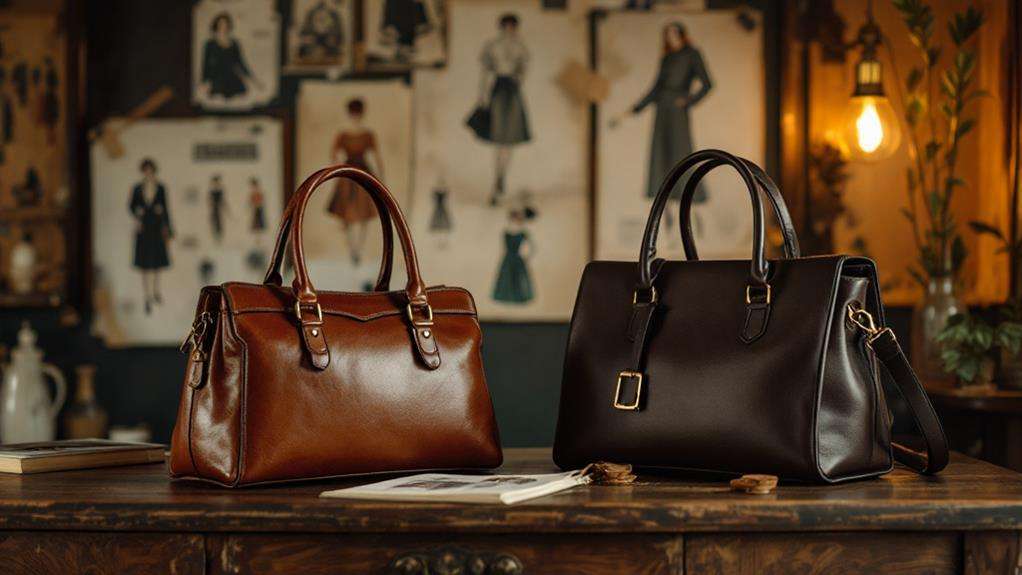
Consider how terminology reflects societal norms and perceptions. In American English, the word "purse" is typically associated with women, emphasizing how language mirrors the gender roles ingrained in society. This gender-specific terminology reveals cultural perceptions that certain accessories, like a handbag, are mainly female. Historically, the term "purse" has undergone an evolution. Initially referring to small coin bags, it expanded to include larger bags as fashion trends and women's societal roles evolved. This historical evolution of the word reflects not just changes in fashion but also shifts in gender roles.
You might notice how the term "man-purse" often carries a derogatory tone, underscoring the cultural resistance to men adopting what are traditionally seen as feminine accessories. This resistance highlights the rigidity of gender norms in language. Furthermore, American English differentiates between "purse" for women and "wallet" for men, illustrating a clear divide in accessory terminology based on gender. Regional variations, with terms like "pocketbook" and "handbag," further demonstrate how language reflects broader social and economic trends. These variations underline how deeply cultural perceptions about gender and fashion influence the way we talk about everyday items.
Functional Differences and Terminology
The American terminology for bags, particularly the use of "purse" and "handbag," highlights functional distinctions driven by societal trends. In American English, both terms refer to accessories for carrying personal items, but they carry nuanced meanings. Historically, a "purse" was a small bag for coins, which evolved to represent any bag holding necessities. This has blurred the line between a smaller bag and a larger bag, with "purse" often used interchangeably with "handbag" in the U.S.
However, when you investigate these terms further, "handbag" implies a larger, more structured design, suitable for diverse occasions. Cultural perceptions in the U.S. contribute to these distinctions; "purses" are associated with femininity, while "handbags" are seen as fashionable and versatile. This reflects functional differences and the social role of these accessories, serving practical needs and symbolizing personal style.
The terminology in American English contrasts with British English, where "purse" strictly means a small money bag, and "handbag" denotes larger designs. In the U.S., these terms encompass broader cultural meanings, shaped by both historical usage and evolving societal norms.
Market Trends and Language

Understanding the functional differences between "purse" and "handbag" sets the stage for exploring how market trends shape language. In American English, "purse" and "handbag" are often used interchangeably, reflecting a cultural preference for simplified terminology. This evolution is influenced by dynamic market trends and consumer preferences in fashion. As styles expand, people have adjusted their language, using "purse" to describe both small and large bags that fit diverse fashion and functional needs.
The booming luxury handbags market, valued at billions in annual sales, plays a significant role in this linguistic shift. Designer brands have raised the term "purse" as a symbol of style and status in American culture. This widespread usage is a confirmation of how consumer behavior and market trends can impact language. Luxury handbags often blur the lines between practicality and fashion, leading to a broader application of the term "purse."
Despite this trend, regional variations persist. In other English-speaking countries, "purse" and "handbag" maintain distinct meanings. However, in the U.S., the growing association of "purse" with luxury and versatility demonstrates how market forces and fashion influence language evolution.
Regional Variations in Meaning
How do regional variations shape the way we think about bags? In American English, the terms "purse" and "handbag" can be used interchangeably, but regional variations add layers to this terminology. For instance, in New England, you might hear someone refer to a "pocketbook" when they mean a purse or handbag. This usage doesn't resonate as much in Western states, where it's largely unfamiliar. Understanding these regional quirks helps you navigate conversations and avoid confusion about what type of bag is being discussed.
Consider these regional differences:
- Purse vs. Handbag: In American English, both can signify a bag to carry personal items, but "purse" is generally more common.
- Pocketbook's Popularity: In places like California and Nevada, only 16% of people use "pocketbook," unlike in New England.
- Size Matters: While British English strictly differentiates between a smaller bag (purse) and a larger bag (handbag), American English blends these definitions.
- Historical Context: The term "purse" historically referred to bags for money, evolving into a broader definition over time.
These variations highlight how regional language influences everyday objects, like the bags you use.
Language Dynamics in Fashion
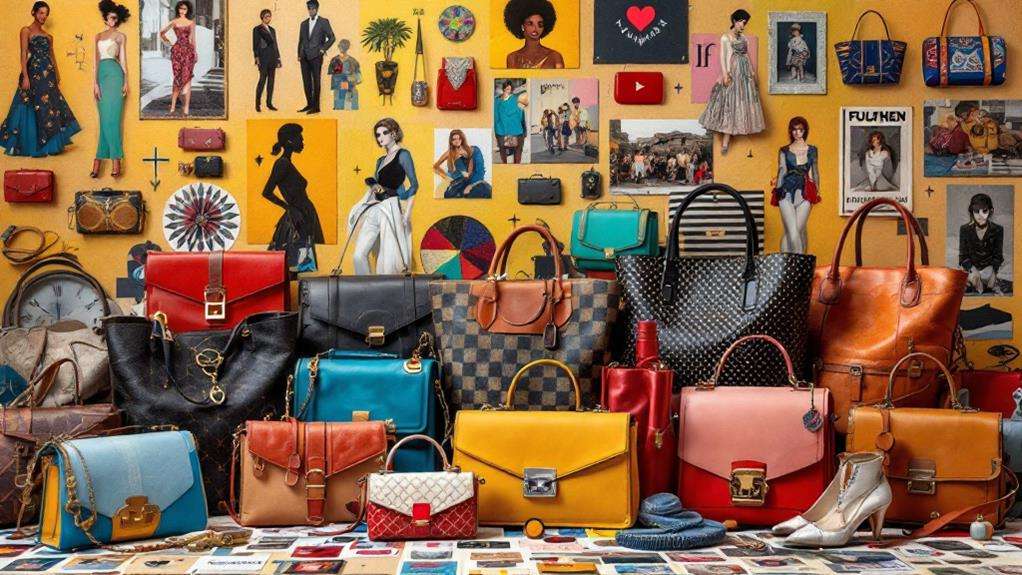
Fashion's language constantly evolves, reflecting cultural and societal shifts. You might notice that in American English, "purse" is the go-to term for what many around the world call a "handbag." This isn't just a quirk; it highlights a cultural preference for more inclusive terminology when discussing women's bags of all sizes. Historically, "purse" referred to smaller coin-carrying bags, but over time, it's grown to include larger, multifunctional pieces. This shift underscores the dynamic nature of language and how personal use influences it.
In contrast, British English maintains a clear distinction: "purse" for small money bags and "handbag" for larger items. This difference in terminology showcases how regional language dynamics can mold fashion perspectives. Additionally, the term "pocketbook," once synonymous with financial transactions, further illustrates the evolving language surrounding women's accessories in American culture.
Fashion marketing plays a significant role in these dynamics, as both "purse" and "handbag" have become interchangeable in the U.S., reflecting status and personal style. As you investigate these terms, consider how language adapts to cultural preferences and influences fashion perceptions globally.



